According to the recently published Hurun China Rich List 2025, the country's "billionaire club" has expanded at an unprecedented rate.
Over the past 12 months, China has added 340 individuals with net worth of 5 billion yuan (approximately $702 million) or more, bringing the total number in this "club" to 1,434 – a record. Their combined wealth has ballooned by 42%, reaching 30 trillion yuan (approximately $4.2 trillion).
If judged by the US dollar billionaire standard, China currently has 1,021 people, a 36% increase from last year. Simply put, the world's second-largest economy has created nearly 270 new US dollar billionaires, equivalent to about one new billionaire emerging every 1.3 days.
"What surprised many people is that the number of names on this year's list is at an all-time high," said Rupert Hoogewerf, President and Head of Research at Hurun.
The main driving force, according to him, comes from "the strong upward momentum of the stock market".
The stock market party
The Chinese stock market has experienced a booming year. As of September 1st, the Shenzhen index had risen 54%, the Shanghai Composite 36%, and Hong Kong's Hang Seng index had added 42%. This surge reflects investors' strong confidence in the pillars of the "new economy."
Industries such as electric vehicles (EVs), biotechnology, and computing have become magnets for massive capital flows, both domestic and foreign. Leading companies in the automotive and technology supply chains, especially those with a global vision, have reaped the rewards.
A clear example is the dominance of Chinese companies in the global IPO market. By the end of September, the Hong Kong (China) stock exchange had risen to the top of the world in terms of IPO value, raising $23.27 billion, mostly from mainland companies.
Two of the world's largest initial public offerings this year have both involved Chinese giants: electric vehicle battery manufacturer Contemporary Amperex Technology (CATL) and mining conglomerate Zijin Gold International.
The rise of these sectors has created a dramatic shift in the billionaire rankings.
Zhong Shanshan (71), the "King of Bottled Water" and owner of Nongfu Spring, has reclaimed his title as China's richest man. His wealth increased by 56% to 530 billion yuan.
Meanwhile, Zhang Yiming, the founder of ByteDance (TikTok's parent company) and the richest person in 2024, dropped to second place. Even so, the TikTok boss's wealth still grew impressively by 34%, reaching 470 billion yuan.
In Hong Kong (China), billionaire Li Ka-shing (97 years old) and his son Victor Li still hold the position of the richest people in the special administrative region, but have dropped from 6th to 9th place in the overall ranking. This shift, however small, partly reflects the rise of new business forces from mainland China.
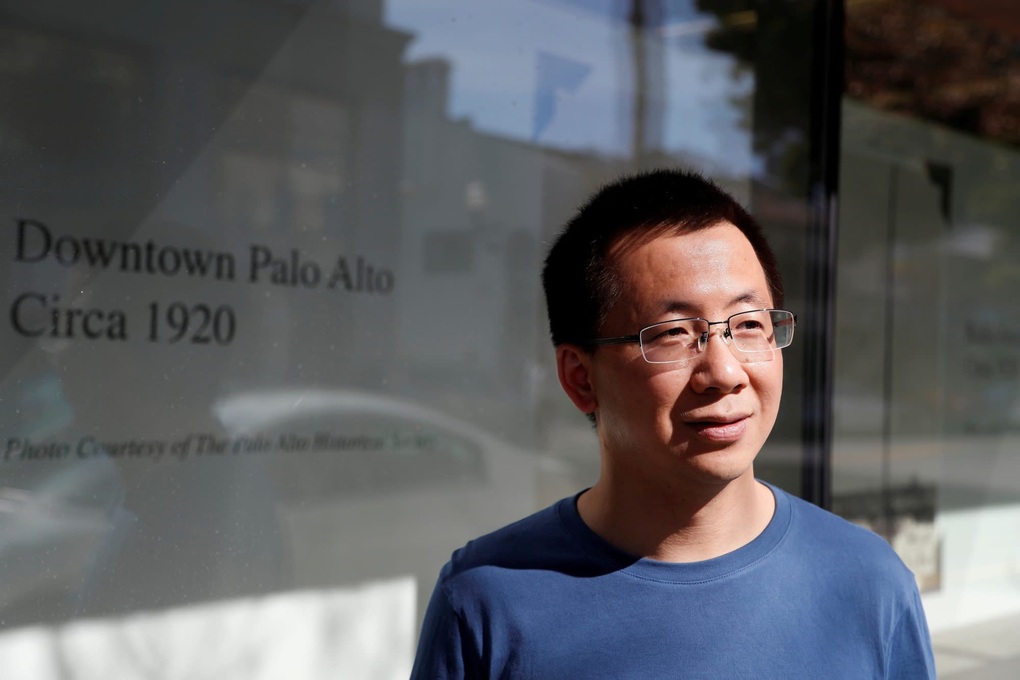
Zhang Yiming, the founder of ByteDance – the company that owns TikTok – who was China's richest man last year, has now fallen to second place (Photo: Reuters).
A two-faced economic picture
How can a country facing a 0.3% drop in consumer prices (CPI) and a 2.3% drop in producer prices (PPI) in September – clear signs of deflation – produce so many ultra-wealthy individuals?
"The findings on the list of the wealthy contrast with the bleak economic picture," insightful Ding Haifeng, an advisor at Shanghai-based financial consulting firm Integrity, offered.
The Chinese economy is facing multiple challenges simultaneously. GDP growth in the third quarter reached only 4.8%, a slight decrease from the 5.2% of the second quarter. The real estate sector remains struggling, consumer confidence is weak, and deflationary pressures are evident as both the consumer price index (CPI) and producer price index (PPI) fell in September. Notably, investment in fixed assets in the first nine months of the year unexpectedly decreased by 0.5%, the first decline since 2020.
However, amidst this gloomy outlook, there are still glimmers of hope indicating a strong structural shift. Profits of industrial enterprises surged 21.6% in September compared to the same period last year, the highest increase in nearly two years. The main driving force came from the high-tech manufacturing sector, with profits rising by as much as 26.8% in September.
This polarization reveals a two-speed economy. On one side are emerging, export-oriented, and high-tech industries, booming and generating enormous wealth for their leaders. On the other side are traditional economic sectors and the domestic consumer market still struggling to regain momentum.
Reshaping growth drivers
This paradox is no coincidence. It reflects a deliberate strategy by Chinese policymakers. At recent high-level economic conferences, Beijing has emphasized prioritizing "technological breakthroughs and upgrading industrial capacity" rather than launching large-scale consumer stimulus packages.
Louise Loo, Head of Asian Economics at Oxford Economics, analyzes that while policymakers are well aware of weak household sentiment, they do not plan to launch a large-scale consumer stimulus package in the next five years. Instead, the focus is on building modern industrial foundations, achieving self-reliance in science and technology , and developing a strong domestic market under a new growth model.
Thus, China's creation of a new billionaire every 1.3 days is not simply a story about wealth. It is a sign of a profound economic restructuring, where old growth drivers are gradually giving way to industries of the future.
"This demonstrates the enduring resilience of the Chinese economy, as high-growth businesses such as electric vehicles and robotics are becoming new drivers of growth," concluded Ding Haifeng.
Source: https://dantri.com.vn/kinh-doanh/cu-13-ngay-trung-quoc-lai-co-them-1-ty-phu-usd-moi-20251029101258149.htm










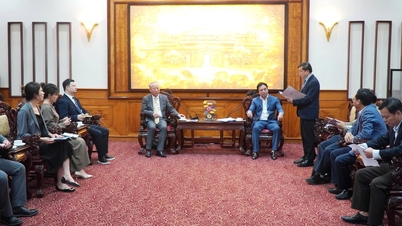




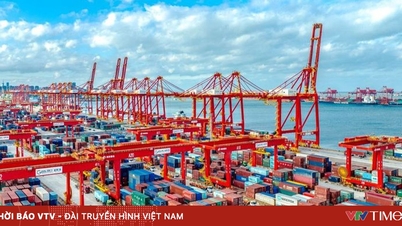
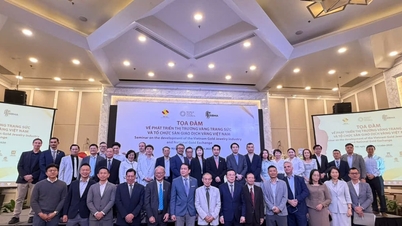

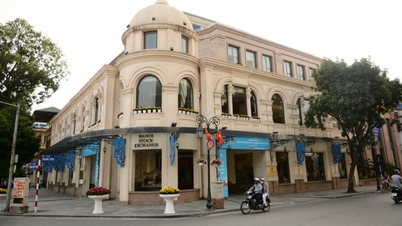

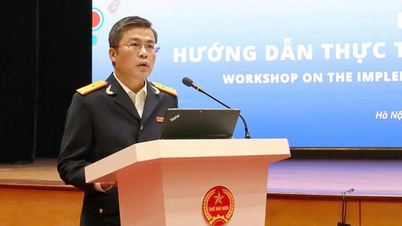
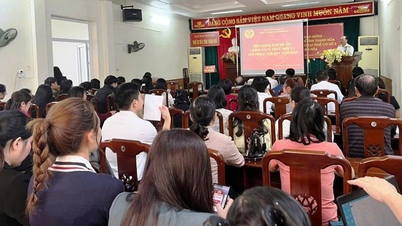



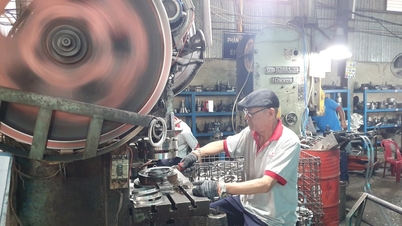




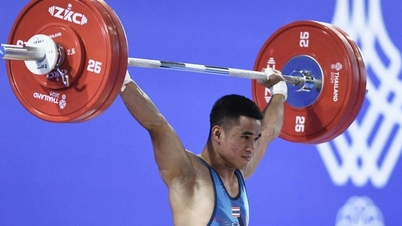

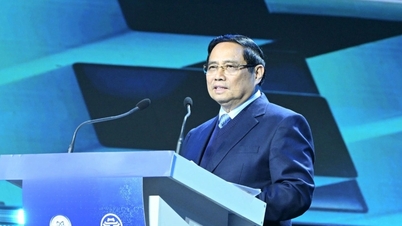


























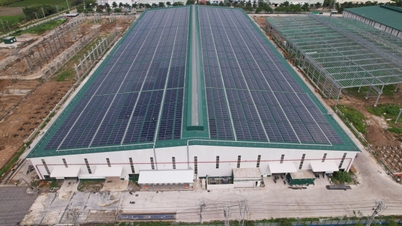











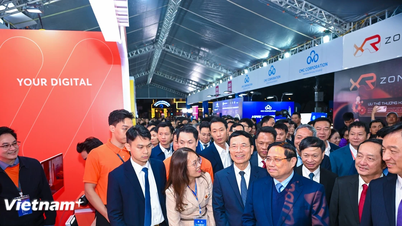
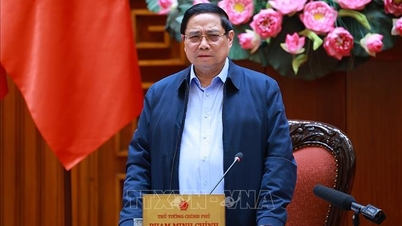

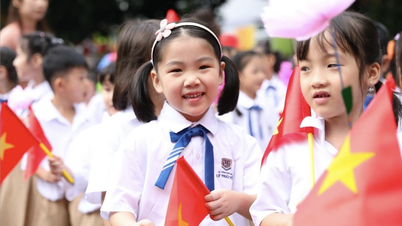





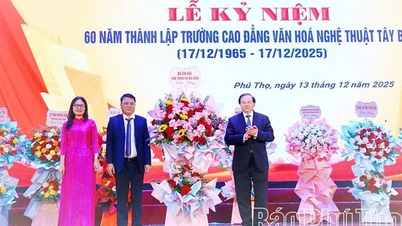
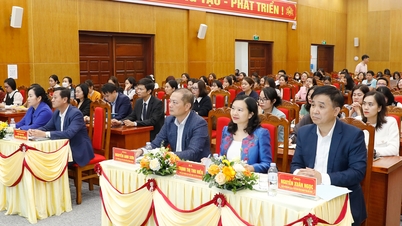

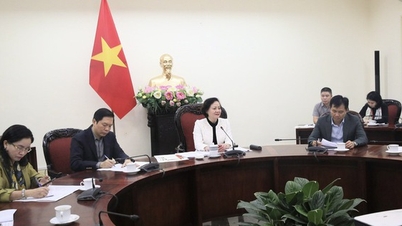

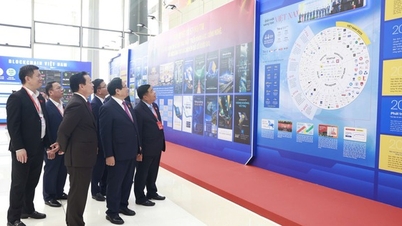






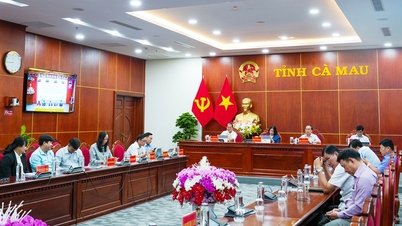
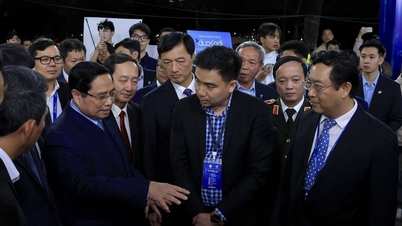















Comment (0)